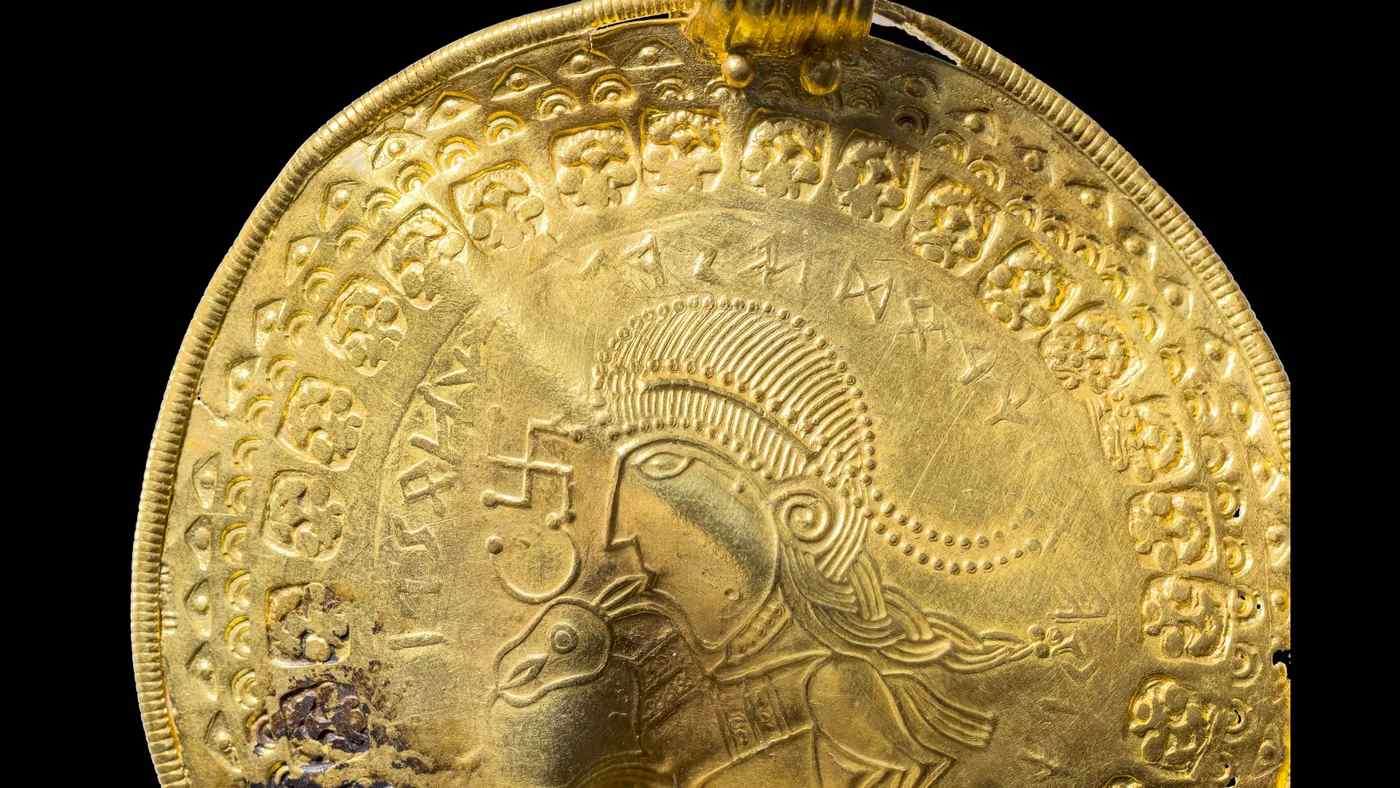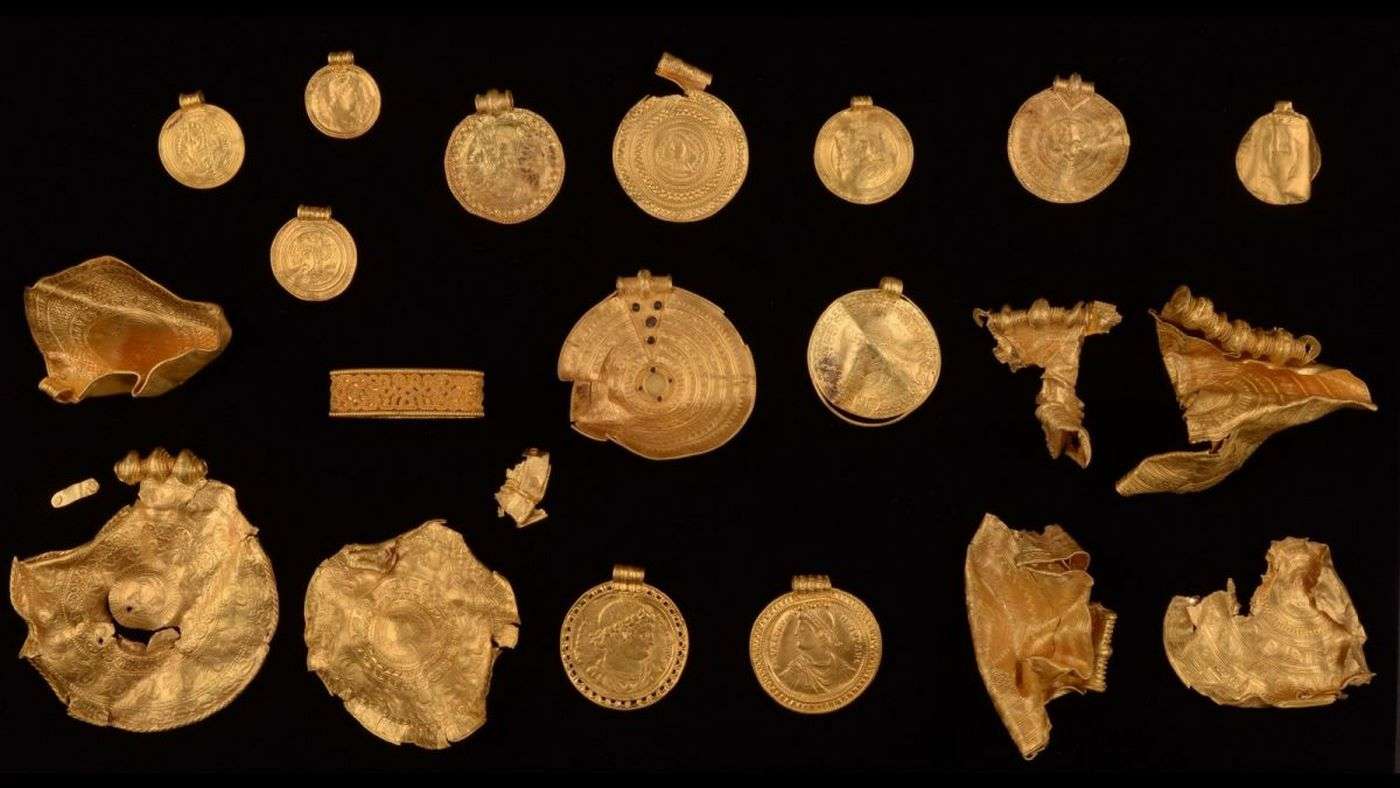Thousands of Native Plants Remain Unphotographed, But You Can Help Fill the Gaps for Scientists
A new survey of 33 major online databases of plant photographs revealed that 20% of Australian plants have no verifiable photograph.

Archaeologists made a huge discovery while examining a golden pendant when they decoded the words "He is Odin's man"-making the object the oldest ever found to bear the name of the chief Norse deity.
Dating to the 400s AD, the century of the fall of the Roman Empire, the pendant is believed to have been owned by some sort of leader, since gold symbolizes status and Odin was the god of kings.
Odin, also known as Wotan or Woden-the king of the gods and god of kings. He was also the god of runes, wisdom, magic, and death, and sat at the pinnacle of the Northern European pantheon worshiped by Anglo-Saxons, Germanic tribes, Celts, and of course most famously, the Vikings.
The pendant, officially called a bracteate, was found in a gold hoard near the village of Vindelev on Denmark's Jutland Peninsula in 2020. The newly translated inscription of Odin's name is 150 years older than the previous earliest reference found.
"It's absolutely amazing," said Lisbeth Imer, runologist, and writing expert at the National Museum of Denmark. "This means that Norse mythology can now be dated all the way back to the early fifth century," she told Live Science.
The museum's linguist, Krister Vasshus, described it as a "huge discovery" and a moment of "pure ecstasy."

"Odin's man," in this case, is believed to have been called Jaga, or Jagaz-a name that is a fair distance away from the names carved into the hundreds of runestones that dot Scandinavia from the Viking period, or which appear in the Norse or Icelandic sagas, perhaps suggesting he, and extension perhaps Odin worship, came from farther inland.
The inscription is written in runes-the alphabet from Iron Age Scandinavia and Germania. Runic language changed every few centuries, with many words falling out of use. The deciphering team from the National Museum of Denmark believes the discovery can reshape the study of early runic language, and potentially open up all-new interpretations of unknown passages.
Bacteates were popular jewelry in Iron Age Scandinavia, and more than 1,000 have been recovered by archaeologists, many of which bear inscriptions like the ones found at Vindelev.
For example, the "Odin's man" bracteate was found to have been stamped by the same die used on another bracteate uncovered in 1852.
"So, the National Museum has been in possession of an inscription with the word Odin on it for 170 years-but we didn't know until recently," Imer said.
At the moment, the team is assuming this means the entire Norse canon is backdated along with Odin, since Odin's presence in the Norse versions of stories like Genesis, Exodus, and Revelations from the Bible, is nearly ubiquitous. In short, almost none of the other stories can be told without him.
SHARE The Story Of Odin's Man With Your Friends Obsessed With Vikings…
Be the first to comment